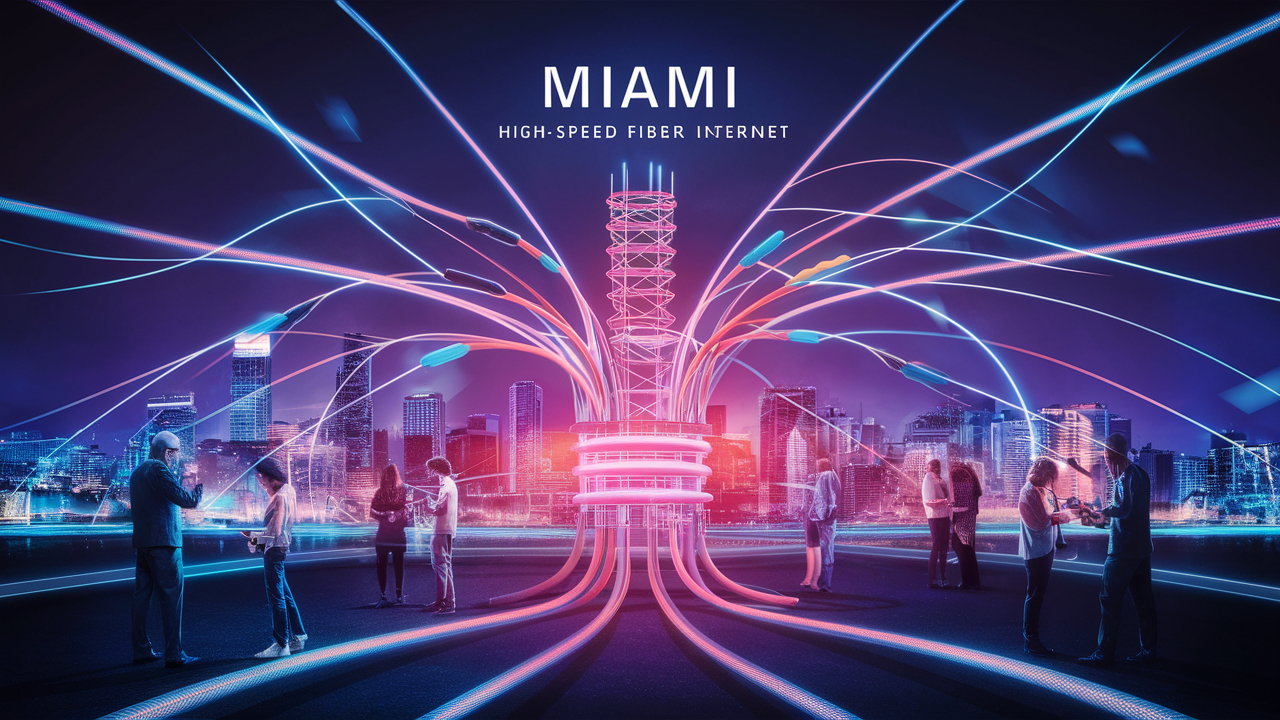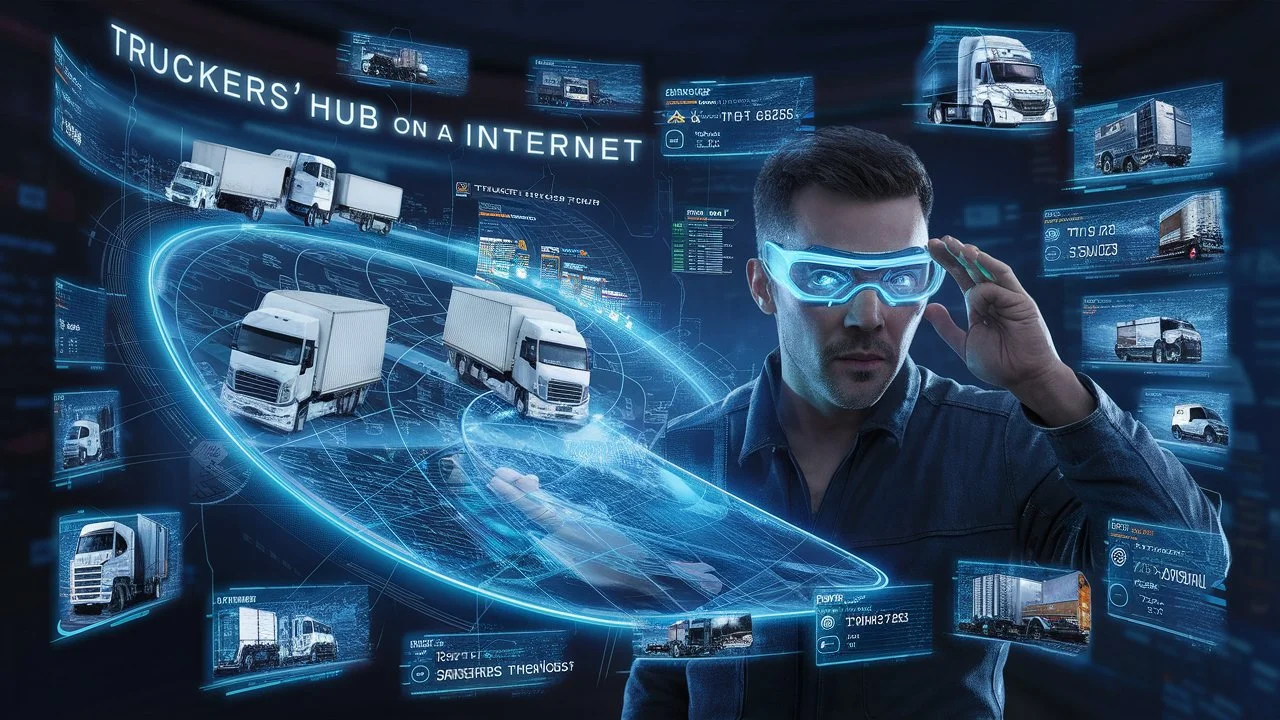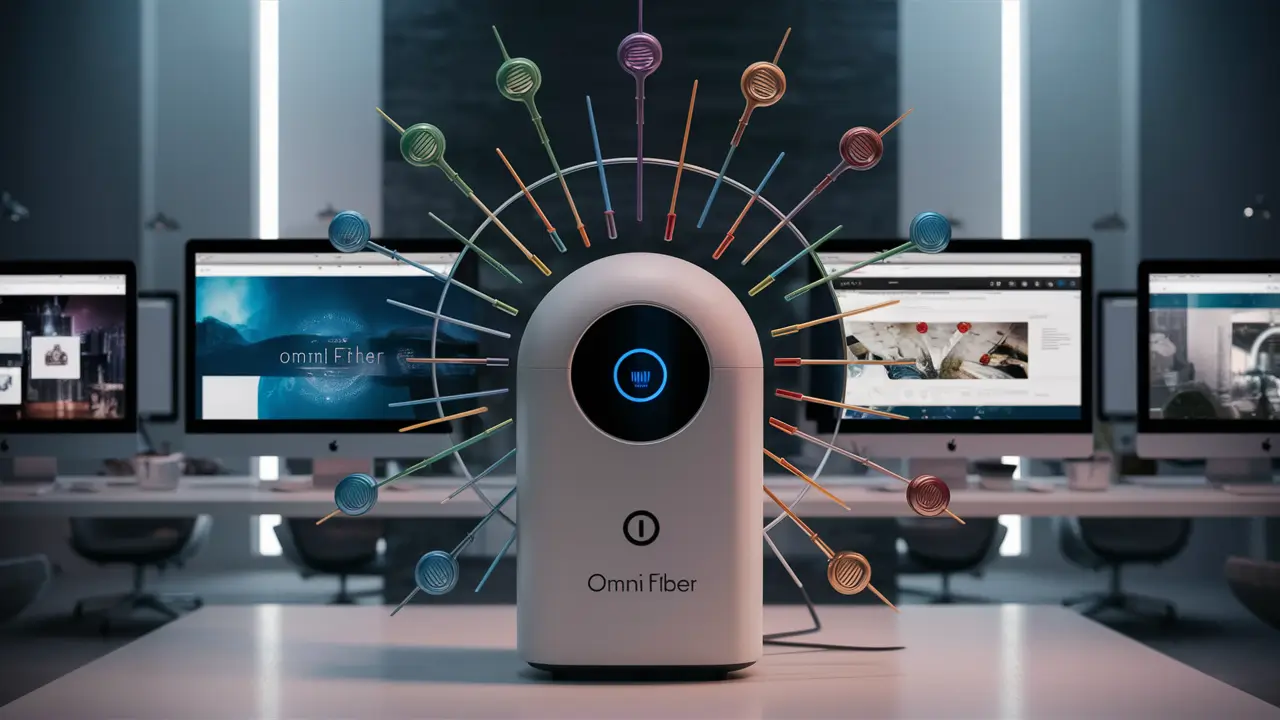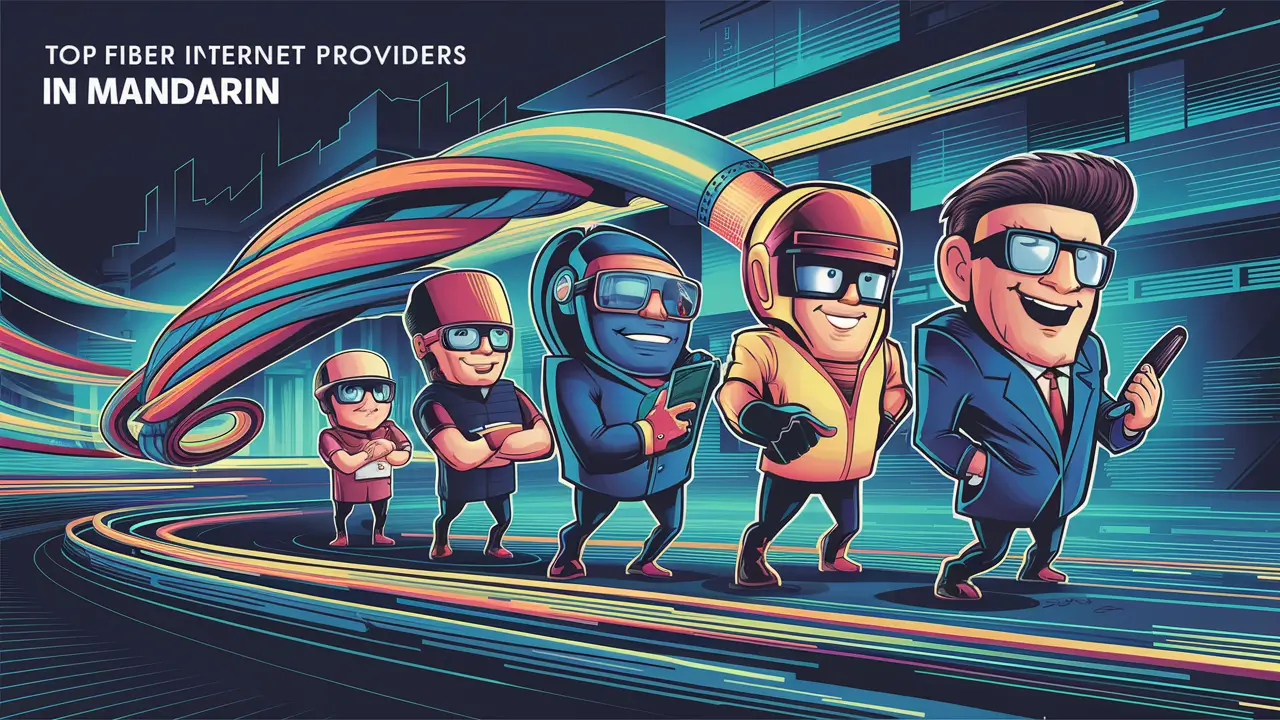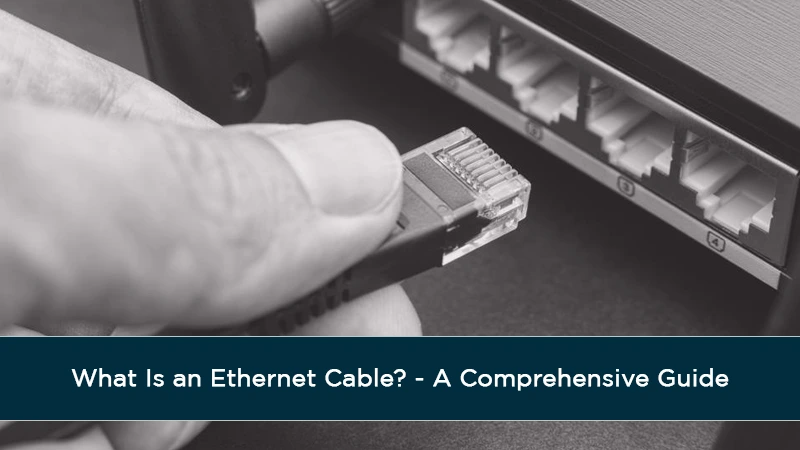
Ethernet cables are the backbone of modern networking, facilitating seamless communication between devices. If you've ever wondered, "What Is an Ethernet Cable?" you're in the right place. In this article, we'll take you on a journey through the fascinating world of Ethernet cables, shedding light on their importance, various types, applications, and much more. So, let's dive in and demystify the realm of Ethernet cables.
What Is an Ethernet Cable?
An Ethernet cable is a physical medium that connects computers, routers, switches, and other network devices to enable data transmission. It serves as a conduit for sending and receiving digital information between devices within a local area network (LAN) or even across larger networks. Ethernet cables are designed to offer high-speed and reliable data transfer, making them a vital component in the digital age.
The Evolution of Ethernet Cables
Ethernet cables have come a long way since their inception. From the early days of coaxial cables to modern twisted-pair designs, the evolution of Ethernet cables has been remarkable. Here's a brief look at their journey:
1. Coaxial Cables:
In the nascent stages of networking, coaxial cables were used to establish connections. These cables consisted of a central conductor, an insulating layer, a metallic shield, and an outer insulating layer. While they were groundbreaking at the time, coaxial cables lacked the speed and efficiency of modern alternatives.
2. Twisted-Pair Cables:
Twisted-pair Ethernet cables revolutionized networking. With pairs of insulated copper wires twisted together, they reduced electromagnetic interference and enabled faster data transmission. The introduction of Cat5, Cat6, and Cat7 cables marked significant milestones, each offering enhanced performance and bandwidth.
3. Fiber Optic Cables:
Fiber optic Ethernet cables took data transmission to the next level. Utilizing light signals, these cables offer unparalleled speed and reliability, making them indispensable for high-bandwidth applications and long-distance connections.
Types of Ethernet Cables
Ethernet cables come in various types, each designed for specific purposes. Let's explore some of the most common ones:
1. Cat5e Ethernet Cable: This cable offers a standard data rate of up to 1 Gbps and is suitable for basic home and office networking.
2. Cat6 Ethernet Cable: With improved shielding and performance, Cat6 cables support data rates of up to 10 Gbps, making them ideal for demanding applications.
3. Cat7 Ethernet Cable: Designed for high-speed networking and minimal interference, Cat7 cables are suitable for data centers and industrial environments.
4. Fiber Optic Cable: Offering lightning-fast data transfer through light signals, fiber optic cables are perfect for long-distance connections and high-bandwidth tasks.
Benefits of Using Ethernet Cables
Wondering why Ethernet cables still hold a crucial place in the age of wireless technology? Here are some compelling reasons:
• Reliability: Ethernet cables provide stable and consistent connections, minimizing disruptions in data transmission.
• Speed: Wired connections via Ethernet cables offer higher data transfer speeds compared to most wireless connections, ensuring efficient data exchange.
• Security: Wired connections are inherently more secure than wireless alternatives, reducing the risk of unauthorized access.
• Low Latency: Ethernet cables contribute to lower latency, making them essential for online gaming, video conferencing, and real-time applications.
• No Interference: Unlike wireless signals, Ethernet cables are not susceptible to interference from other electronic devices, ensuring reliable performance.
Common Applications of Ethernet Cables
Ethernet cables find applications in various settings, playing a crucial role in maintaining seamless connectivity. Some common applications include:
• Home Networking: Ethernet cables connect devices within your home network, ensuring smooth streaming, online gaming, and file sharing.
• Office Environments: Businesses rely on Ethernet cables to establish robust and secure connections between computers, printers, and servers.
• Data Centers: Ethernet cables power data centers, facilitating rapid communication between servers and enabling efficient data management.
• Industrial Settings: Ethernet cables play a vital role in industrial automation, connecting machines and sensors for streamlined operations.
• Educational Institutions: Schools and universities use Ethernet cables to create reliable networks for e-learning platforms, research, and administration.
FAQs - About Ethernet Cable
Q: Are Ethernet cables faster than Wi-Fi?
Yes, Ethernet cables generally offer faster and more consistent data transfer speeds compared to Wi-Fi.
Q: Can I use Ethernet cables for long distances?
Yes, you can use fiber optic Ethernet cables for long distances, as they are designed for high-speed and reliable long-range connections.
Q: How do I connect Ethernet cables?
Simply plug one end of the Ethernet cable into your device's Ethernet port and the other end into a router, switch, or modem.
Q: What is the difference between Cat5 and Cat6 cables?
Cat6 cables offer higher data transfer speeds and better performance compared to Cat5 cables due to improved design and shielding.
Q: Can I use Ethernet cables for gaming?
Yes, Ethernet cables provide low latency and stable connections, making them an excellent choice for online gaming.
Q: Are all Ethernet cables the same?
No, Ethernet cables vary in terms of speed, performance, and application. Different types of cables are suitable for different scenarios.
Conclusion
In conclusion, Ethernet cables are the unsung heroes of modern networking, enabling seamless data transmission and connectivity across various domains. From home networks to data centers, their significance cannot be overstated. Now that you have a comprehensive understanding of "What Is an Ethernet Cable," you're better equipped to make informed decisions about your networking needs. Embrace the power of Ethernet cables and enjoy reliable, high-speed connections that fuel your digital lifestyle.


